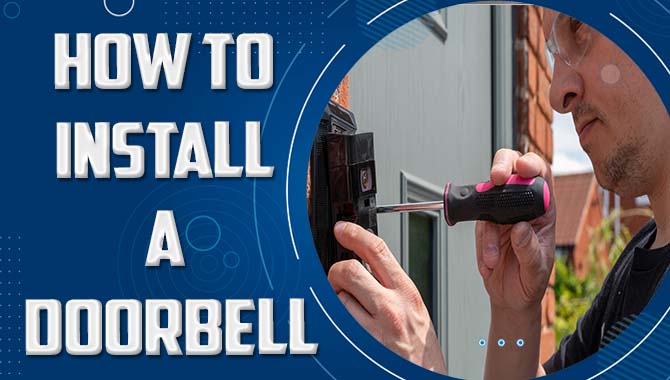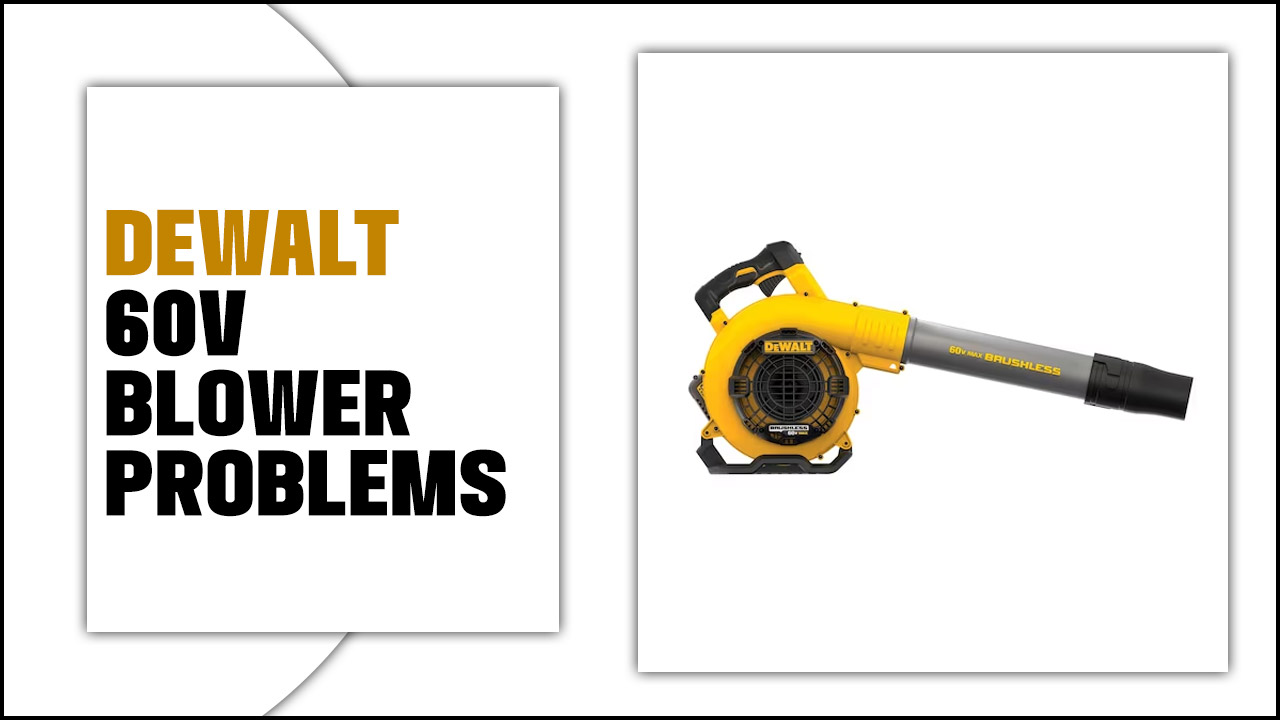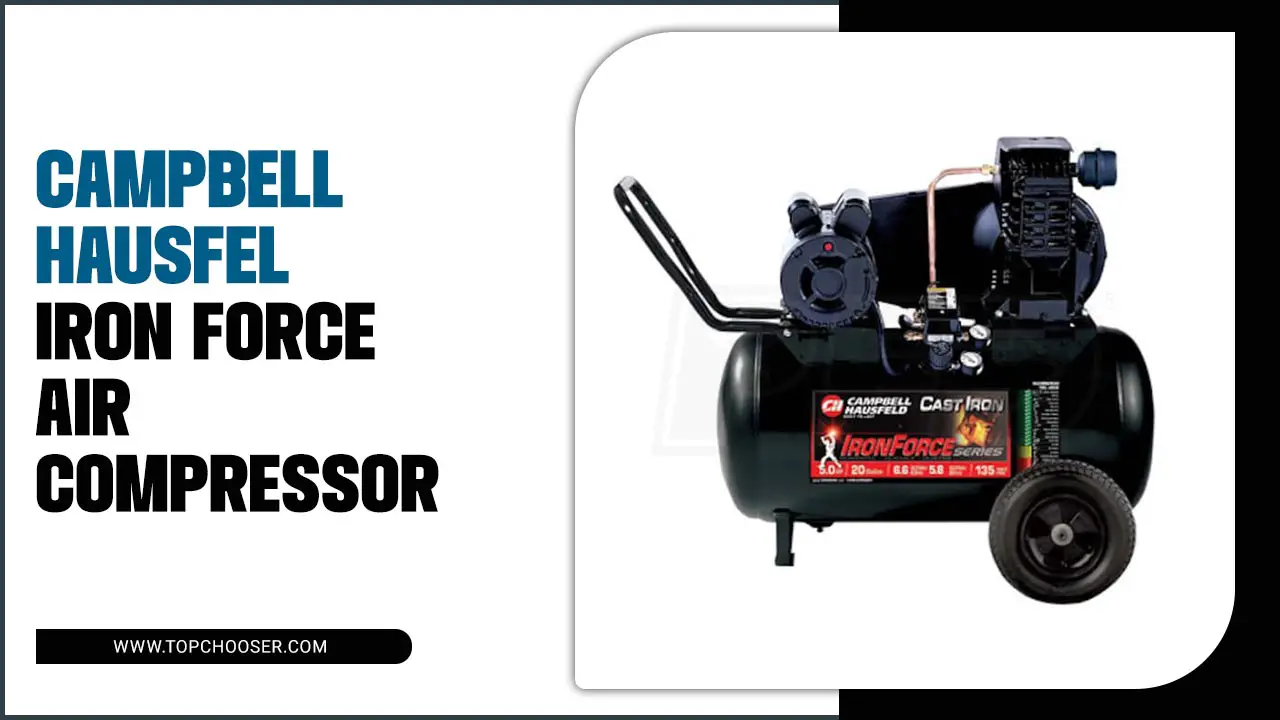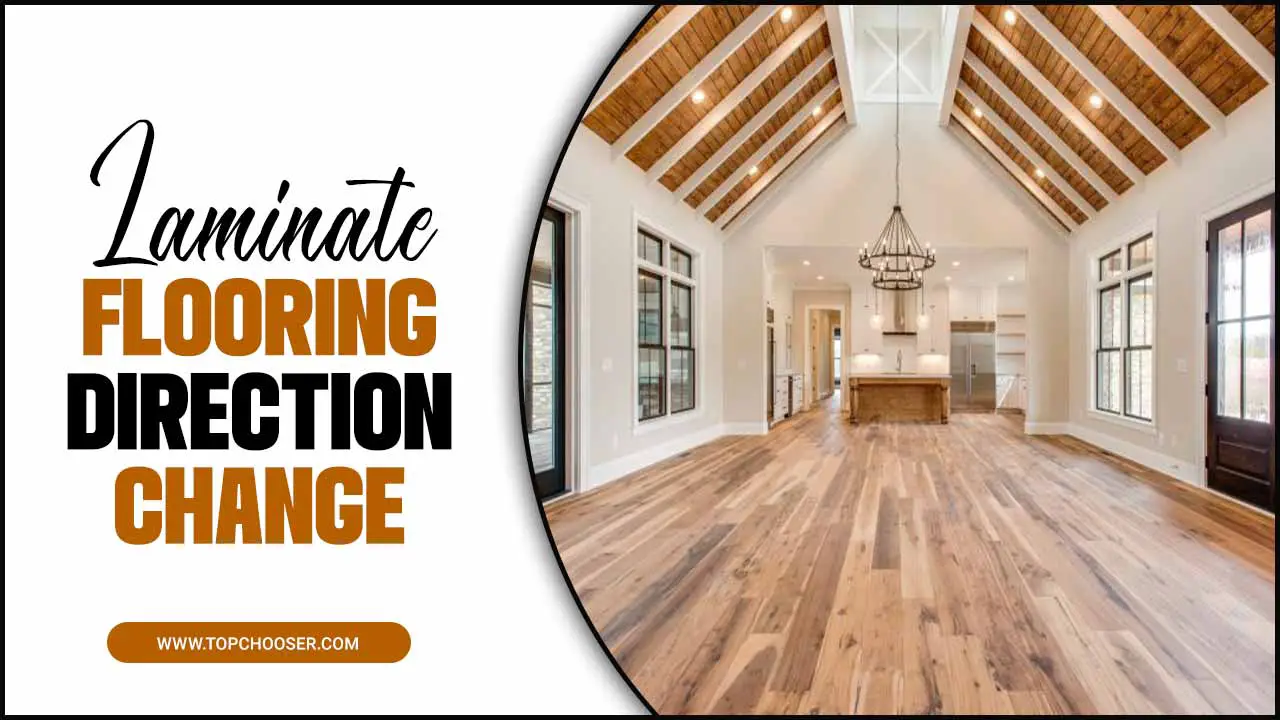Have you ever stood in the lighting aisle, confused by all the choices? Choosing LED bulbs can feel overwhelming. But it doesn’t have to be that way! Understanding a few simple tips can make your decision easier.
Fun fact: LED bulbs can last up to 25 times longer than traditional bulbs! Isn’t that amazing? With such a long lifespan, it’s important to choose wisely. What features should you look for? Which brightness is best for your home? These are common questions many people have.
This article will guide you on how to choose LED bulbs. You will learn about brightness, color, and energy savings. Let’s dive into the world of LED lighting and brighten up your home with confidence!
How To Choose Led Bulbs For Optimal Lighting Solutions
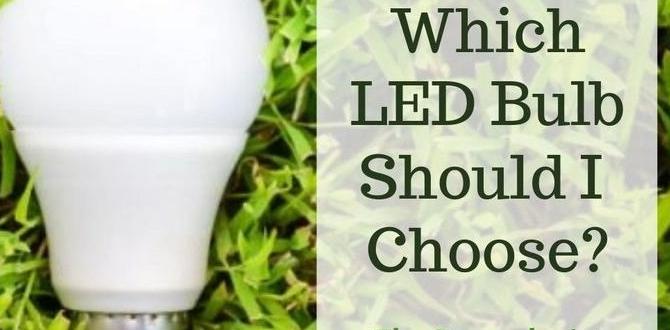
How to Choose LED Bulbs
Choosing LED bulbs can seem tricky. Start by checking the brightness in lumens, not just watts. Higher lumens mean brighter light. Next, look for the color temperature. A warm light feels cozy, while a cool light gives a crisp look. Want to save money? Choose bulbs with a longer lifespan. Finally, consider dimmable options for added flexibility. Did you know that switching to LED can cut your energy bill by up to 80%? That’s a bright idea!Understanding LED Technology
Explanation of how LED bulbs work. Comparison with traditional incandescent and fluorescent bulbs.LED bulbs work by passing electricity through a tiny chip, which then produces light. This is different from traditional bulbs, which use a filament that burns hot to create light. LED lights are like that friend who saves energy while being super bright! They last longer, too—about 25,000 hours on average.
| Type | Lifetime | Energy Use |
|---|---|---|
| LED | 25,000 hours | Low |
| Incandescent | 1,000 hours | High |
| Fluorescent | 10,000 hours | Moderate |
In comparison, incandescent bulbs are like a hot pizza—great but wasteful! Fluorescent bulbs are better but still not as cool as LEDs. So, if you want to shine bright like a diamond and save money, choose LEDs!
Brightness and Wattage Considerations
Understanding lumens vs. watts. How to determine the right brightness for your space.Understanding how bright a room should be starts with knowing lumens and watts. Lumens measure brightness, while watts show how much energy a bulb uses. For example, a good 60-watt bulb gives about 800 lumens. Want to brighten up your kitchen? Aim for 300-400 lumens per square meter. Check the table below for quick reference!
| Room Type | Lumens Needed |
|---|---|
| Living Room | 1,500 – 3,000 |
| Bedroom | 1,000 – 2,000 |
| Bathroom | 700 – 1,200 |
| Kitchen | 3,000 – 4,000 |
So next time you choose a bulb, remember: more lumens equal brighter light. Let there be light, and let it be energy-efficient!
Color Temperature and Its Impact
Explanation of color temperature (Kelvin scale). Recommendations for different rooms and moods.Color temperature affects how we feel in a room. It’s measured in Kelvin (K). Lower numbers, like 3000K, give a warm, cozy light. Higher numbers, like 5000K, create a bright, cool feel.
For different rooms and moods, consider:
- Living Rooms: 3000K for warmth
- Bedrooms: 2700K for relaxation
- Studies: 4000K for focus
- Bathrooms: 5000K for energy
Choose the right temperature to match your needs.
What is color temperature?
Color temperature refers to the warmth or coolness of light, measured in Kelvin (K).
How does color temperature affect mood?
Different temperatures can make spaces feel cozy, energizing, or calming.
Energy Efficiency and Cost Savings
Explanation of energy savings compared to other bulb types. Longterm cost benefits of using LED bulbs.LED bulbs are perfect for saving energy. They use 75% less energy than traditional bulbs. That means good news for your wallet too! Over time, using LED bulbs can lead to big savings. You can spend less on electricity and get bulbs that last longer. Here are some benefits:
- Energy Savings: 75% less energy use.
- Cost Benefits: Up to $200 saved over the bulb’s life.
- Long Lifespan: Lasts 10-25 times longer than other bulbs.
By switching to LED bulbs, you protect your budget and the planet. Isn’t that a win-win?
Why are LED bulbs better for saving money?
LED bulbs help you save money because they use less energy and last longer. Choosing LED can cut your lighting bills by up to 75%! This means you pay less every month.
Quality and Lifespan of LED Bulbs
Factors affecting the lifespan of LED bulbs. How to identify highquality LED products.LED bulbs can last a long time, but some factors affect their lifespan. These include the quality of materials used, heat management, and usage patterns. Higher quality LED bulbs use better parts, which lead to a longer life. Look for bulbs with warranties. This shows the manufacturer trusts their product.
- Good reviews from users.
- A high lumen output for brightness.
- Lower wattage for energy savings.
- Certifications like Energy Star.
Choosing the right LED bulb can save money and energy in the long run.
How do you identify a quality LED bulb?
To identify a quality LED bulb, check for certifications, warranty details, and read customer reviews. High-quality bulbs usually have a higher rating and use advanced technology for better performance.
Choosing the Right Features and Accessories
Smart LED bulbs and their added functionalities. Dimmers, fixtures, and compatibility.Smart LED bulbs offer amazing features. They can change colors and be controlled by your smartphone. You can even set a timer or schedule them to turn on and off! When picking bulbs, consider your dimmer switches and fixtures. Not all LED bulbs work with dimmers, so check the compatibility. If you want a cozy atmosphere, look for bulbs that can dim. Remember, choosing the right bulb makes your home cozy and bright!
What features should I look for in smart LED bulbs?
Look for color-changing options, remote control capabilities, and compatibility with dimmers. These features make your lighting more fun and flexible!
Key features:
- Smart control
- Color options
- Dimmer compatibility
Common Myths and Misconceptions About LED Bulbs
Addressing common myths surrounding LED bulbs. Providing factual information to debunk misconceptions.Many people believe that LED bulbs are too bright and hurt your eyes. Not true! They can actually adjust brightness. Another myth is that LEDs last only a short time. In fact, they can shine for over 25,000 hours! Some think they’re too expensive, but they save you money on energy bills. So, ditch the old myths and enjoy the bright side of LEDs!
| Myth | Truth |
|---|---|
| LEDs are too bright | They have adjustable brightness! |
| LEDs burn out quickly | They can last over 25,000 hours! |
| LEDs are too pricey | They save money on energy bills! |
Where to Buy LED Bulbs
Recommendations for reliable retailers and brands. Tips for online versus instore shopping.Finding the right place to buy LED bulbs can be tricky. Start with trusted retailers like Home Depot, Lowe’s, or Walmart. Online options like Amazon offer a wide selection too. Look for brands like Philips or GE, known for quality.
Here are some tips for shopping:
- Check customer reviews.
- Compare prices between stores and online.
- Look out for special deals or discounts.
Where can I find the best prices for LED bulbs?
To find the best prices, compare local stores and online. Websites like PriceGrabber can help. Also, check sales on holidays for great discounts!
Installation Tips for LED Bulbs
Stepbystep guide to installing various types of LED bulbs. Troubleshooting common installation issues.Installing LED bulbs is easier than pie—if pie were made of light! First, turn off the power. Safety first, folks! Next, choose the right bulb for your fixture, like a puzzle piece that fits. Screw in the bulb gently. Too tight? That could lead to a bulb tantrum! If it doesn’t light up, check the power. Still dark? You might need a new bulb. Remember, patience is key.
| Common Issues | Solution |
|---|---|
| Bulb flickers | Check if it’s screwed in properly. |
| No light | Verify the power is on or replace the bulb. |
| Too bright | Try a lower wattage bulb. |
Conclusion
In conclusion, choosing LED bulbs is easy with a few tips. Look for the right brightness, color temperature, and energy efficiency. Check for quality labels and suitable fittings. Remember to compare prices and read reviews. Now you can make smart lighting choices for your home. For more details, check out articles or guides on LED bulb selections!FAQs
What Factors Should I Consider When Selecting The Brightness Of An Led Bulb For Different Rooms In My Home?When choosing how bright an LED bulb should be, think about the room’s purpose. For reading or homework, you want brighter lights. In a bedroom or living room, softer lights are cozy. Also, consider how big the room is. Bigger rooms may need brighter bulbs to light up the space well.
How Do I Determine The Appropriate Color Temperature For Led Bulbs To Create The Desired Ambiance In My Spaces?To find the right color temperature for LED bulbs, think about how you want the room to feel. Warm white lights (around 2700K) are cozy, like a lamp at home. Cool white lights (around 4000K) are bright and clean, good for task areas. You can test different bulbs to see what you like best. Remember, it’s all about what feels nice to you!
What Is The Difference Between Standard, Dimmable, And Smart Led Bulbs, And How Do I Choose The Right Type For My Needs?Standard LED bulbs give steady light. Dimmable LED bulbs let you change how bright the light is. Smart LED bulbs connect to your phone or voice assistant, so you can control them from anywhere. To pick the right type, think about where you’ll use the bulb and if you want to change the brightness or control it remotely.
How Can I Assess The Energy Efficiency And Lifespan Of Various Led Bulb Options Before Making A Purchase?To check how energy-efficient an LED bulb is, look for its wattage. Lower wattage usually means it uses less energy. You can also find the bulb’s lifespan on the package. It tells you how many hours it lasts on average. Compare these details between different bulbs to find the best one for you!
Are There Any Specific Certifications Or Features I Should Look For To Ensure The Quality And Safety Of Led Bulbs?Yes, you should look for LED bulbs with the ENERGY STAR label. This means they are energy-efficient and safe. Also, check if they have a UL mark, which shows they meet safety standards. These certifications help ensure the bulbs are good for you and your home. Always read the package for more details!



